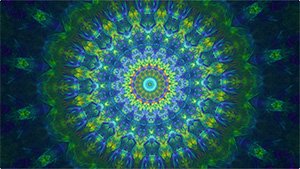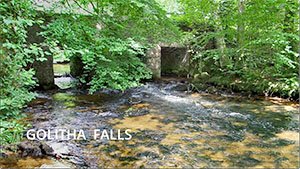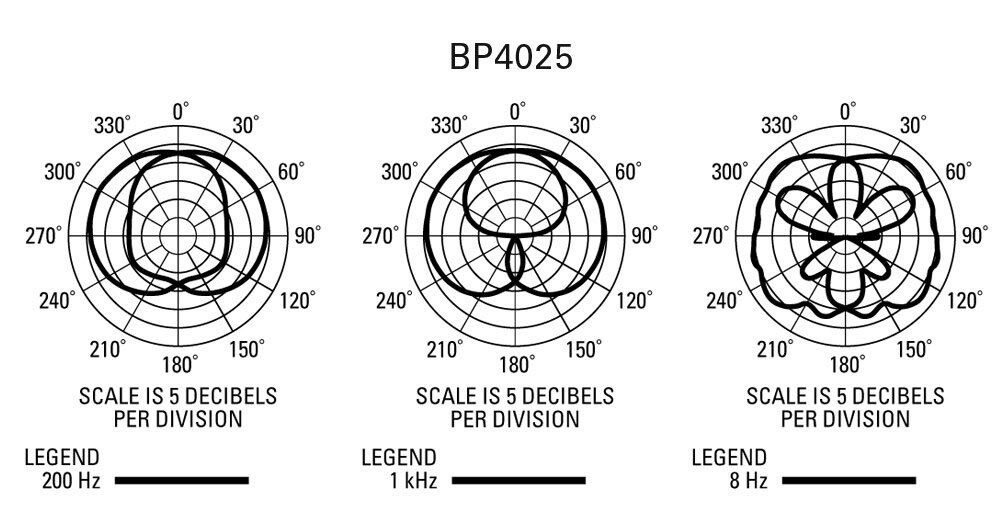Well, after many years of prevarication, I finally did it! I’ve just launched some of my recent Ambient music onto the unsuspecting enthusiasts at the music publishing website known as Bandcamp. This post has been updated as the name I’m using for my compositions has recently changed to Amphonix Blue.
What brought this on was actually working with a friend of mine on his debut album of Americana (British versions of country music, but own composition) tracks. He needed a fair bit of help to turn his raw recordings into properly mixed and mastered tracks and then into a collection of work ready for streaming.
That led me to think again about remixing my various efforts in creating soundtracks for videos into something more coherent - moving incrementally towards an album or two over the next year or so.
During the pandemic restrictions I revived my earlier interest in MOOG synthesizers. I have built and run analogue based music studios in the past, but eventually had to close them due to pressure from other work, so for the many intervening years I was playing only acoustic guitars as a pastime. The relative isolation during the pandemic served to kick me in the musical butt. I spent most of the time discovering Modular Synthesis and getting to grips with a growing collection of orchestral sample libraries and a relatively compact digital studio. Relative, that is, to the mountains of my analogue gear from the 80/90s, long ago donated to a Romanian university!
More recently I’ve been editing and composing short pieces for videos I’ve compiled of my drone based photography. Composing to picture is definitely an art form I have yet to master, but it is a great discipline in forcing you to work to a structure. So, out of that has come the first few newly minted tracks from those endeavours.
My first release, the ‘Evolutions’ EP, hosts five tracks which are all very different in their instrumentation, but the common theme is to take a musical idea and ‘evolve’ it in a two to five minute format. I’ve used a variety of synthesizers for these tracks as well as several traditional instruments and sound sources - even some of my bird song collection from field recordings I made a while back.
Anyway, for those who might be curious, you can find the EP at https://amphonix-blue.bandcamp.com . Please give it a play through and let me know what you think. If you approve, please click the ‘follow’ button on my Bandcamp page to be notified of more music.
Since that first EP I’ve released many new tracks, most of which are on YouTube and some are on Bandcamp depending on whether or not there is a visual counterpart to the piece in question. My YouTube channel hosts those compositions that have a strong visual element supporting the particular piece. You can find my channel here:amphonix blue on YouTube.
















